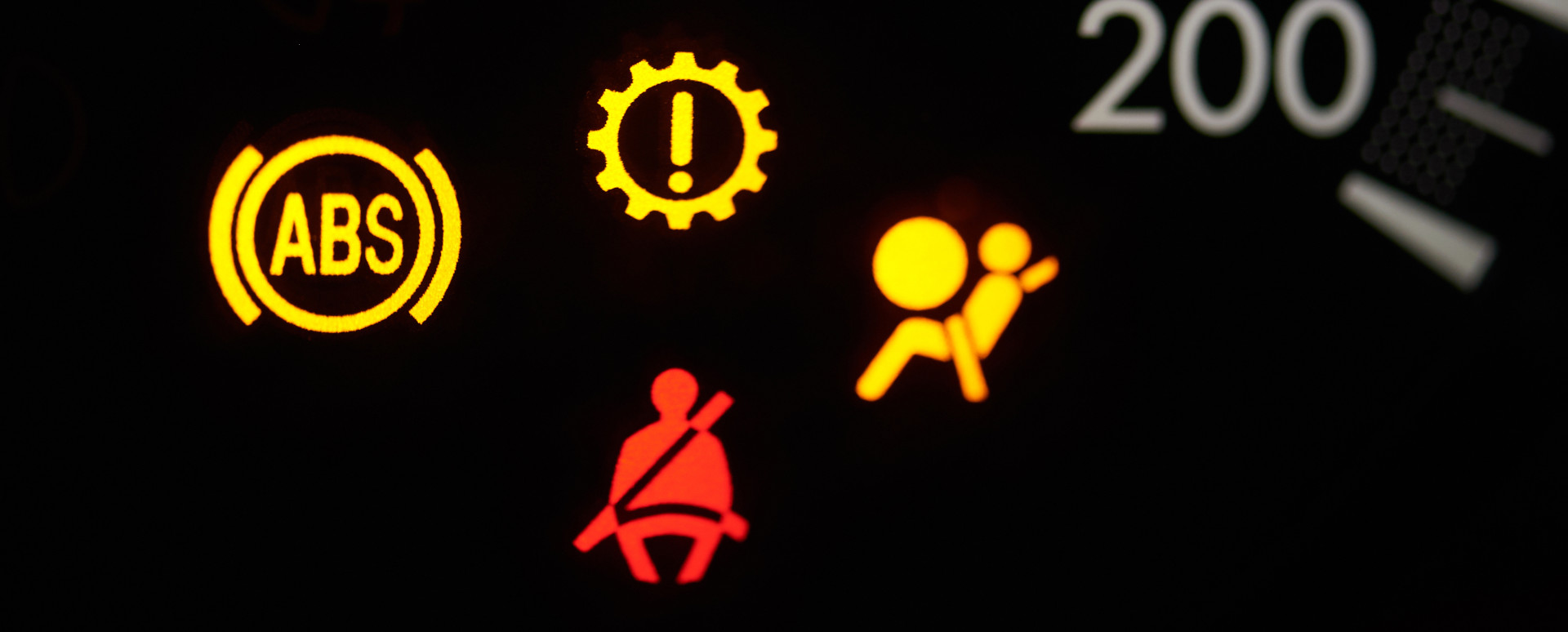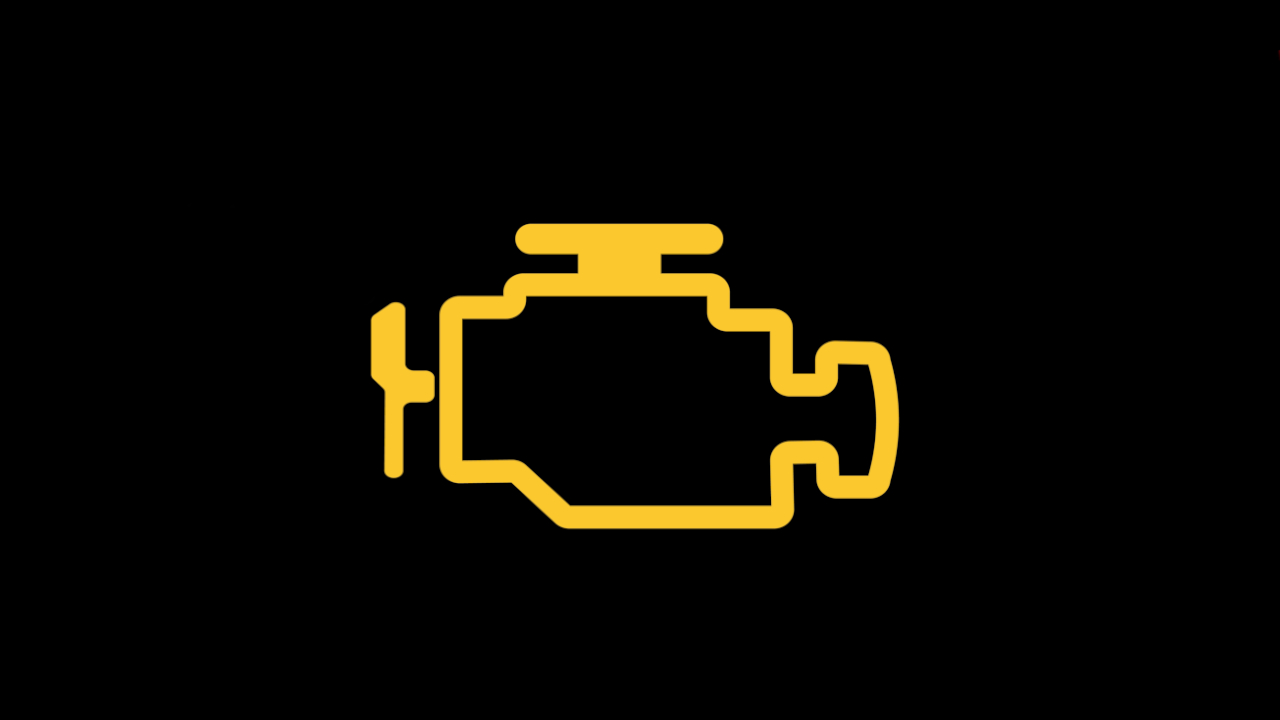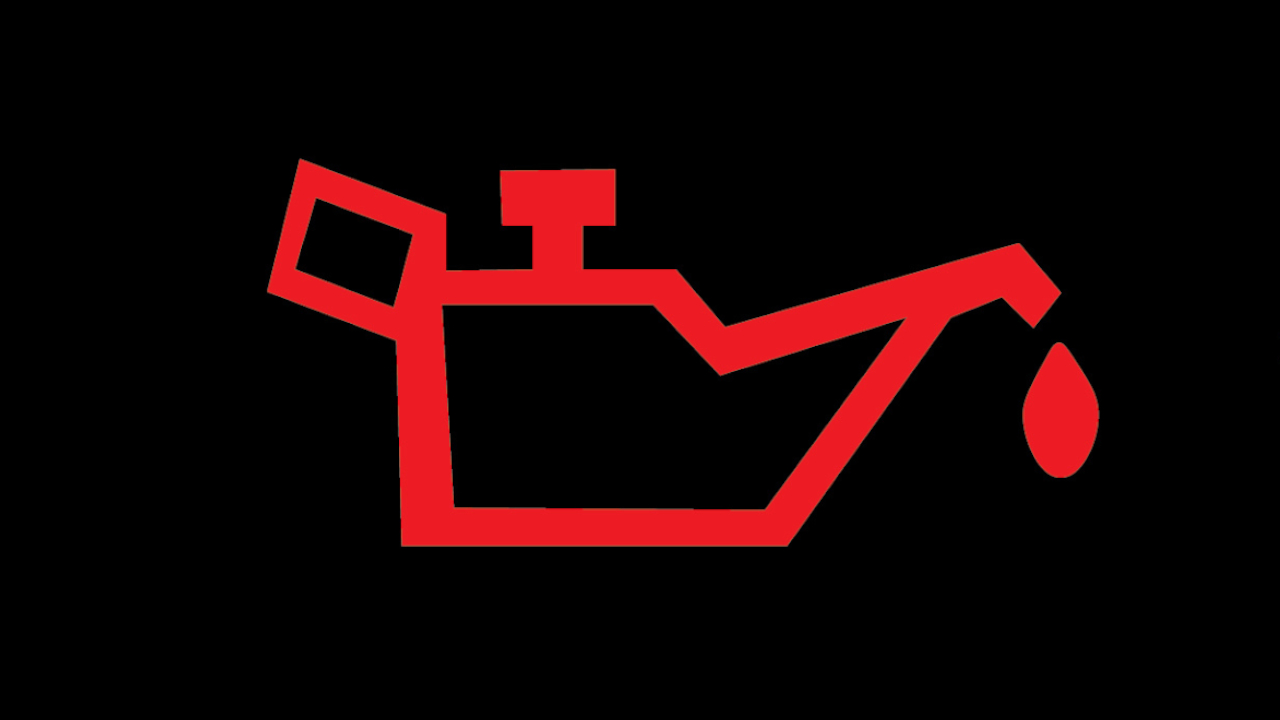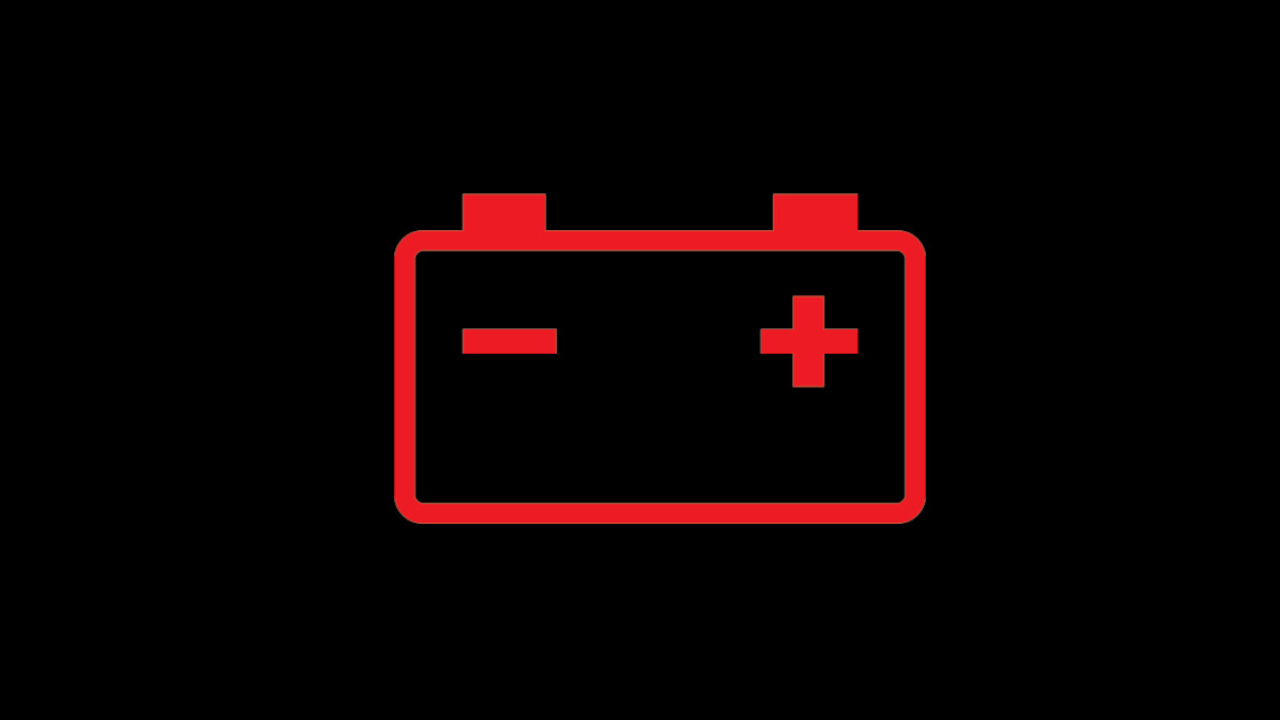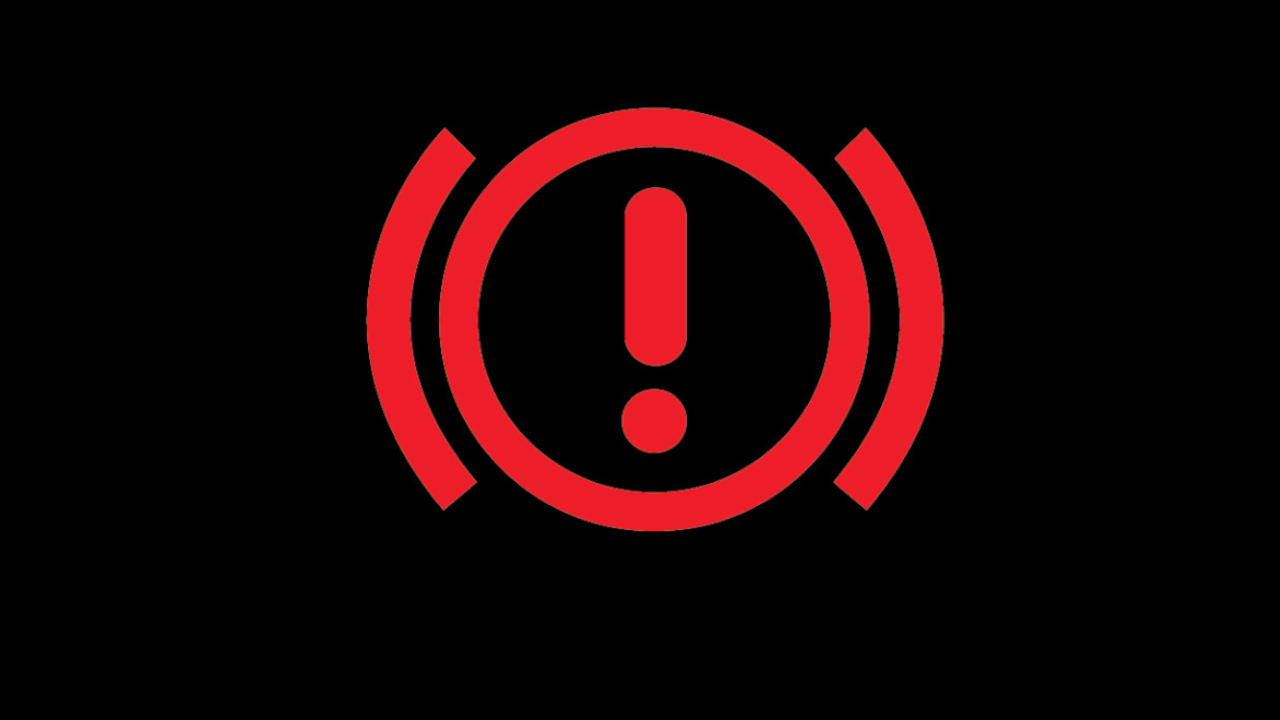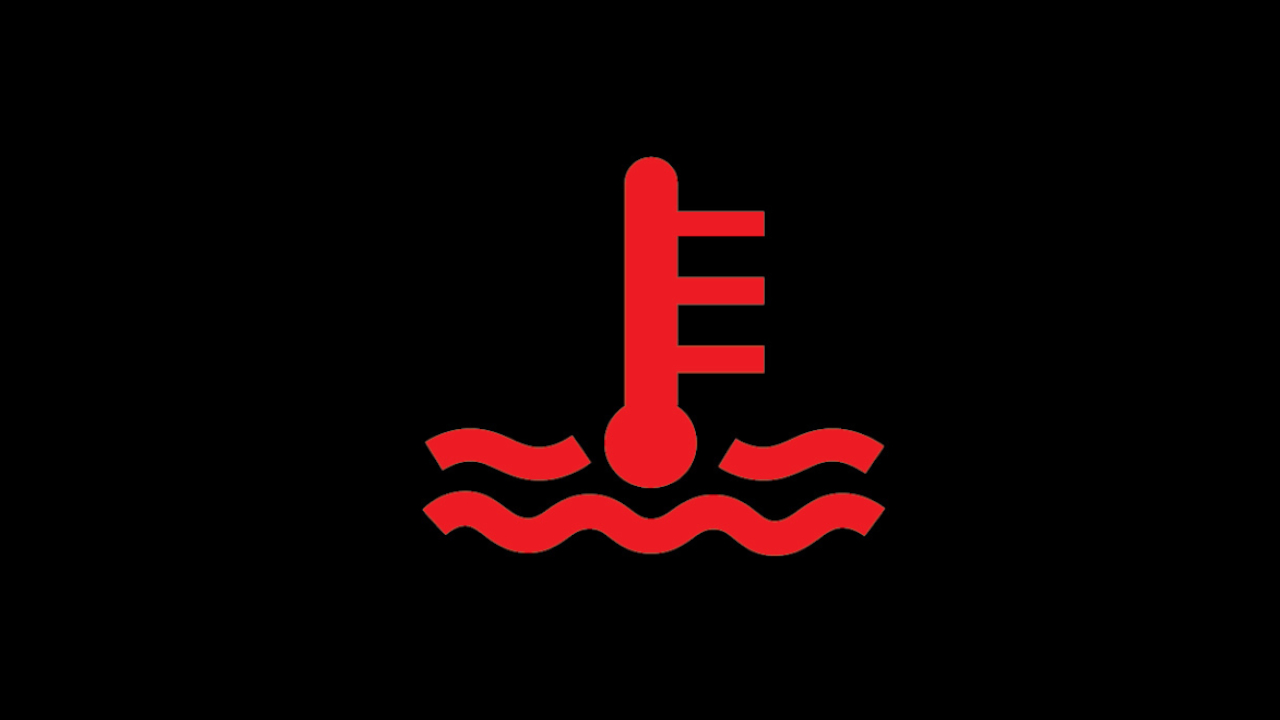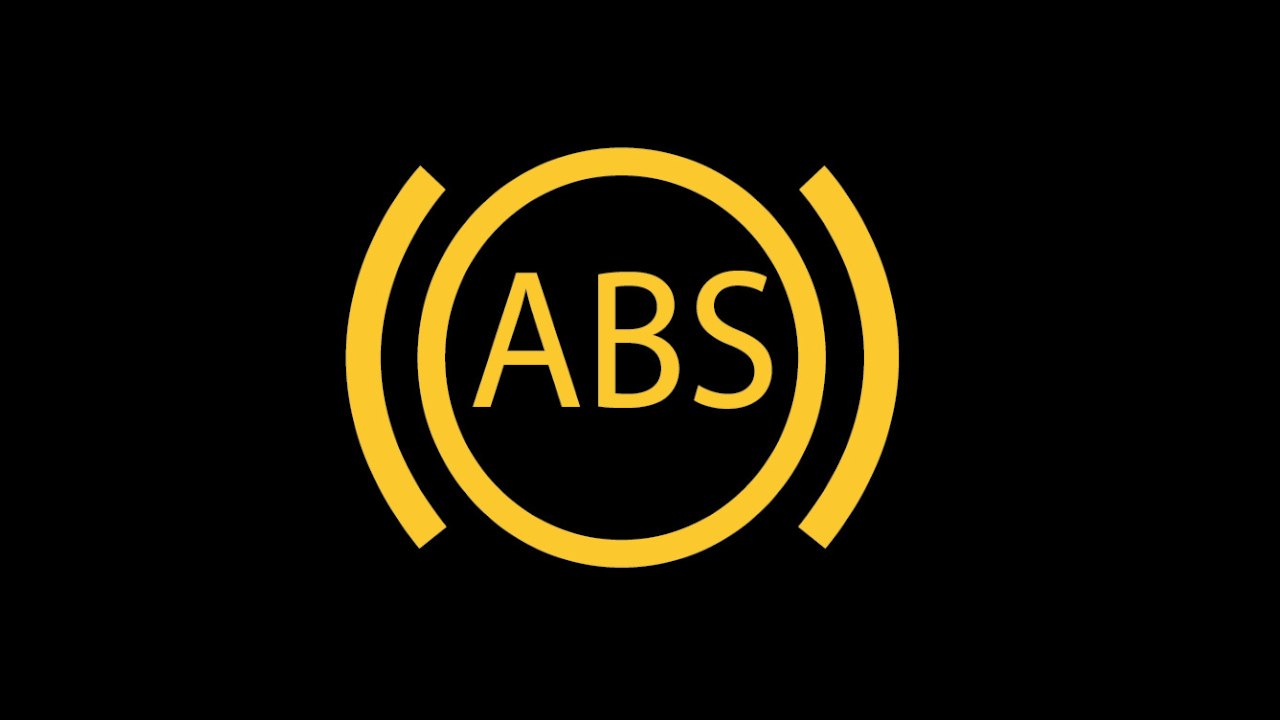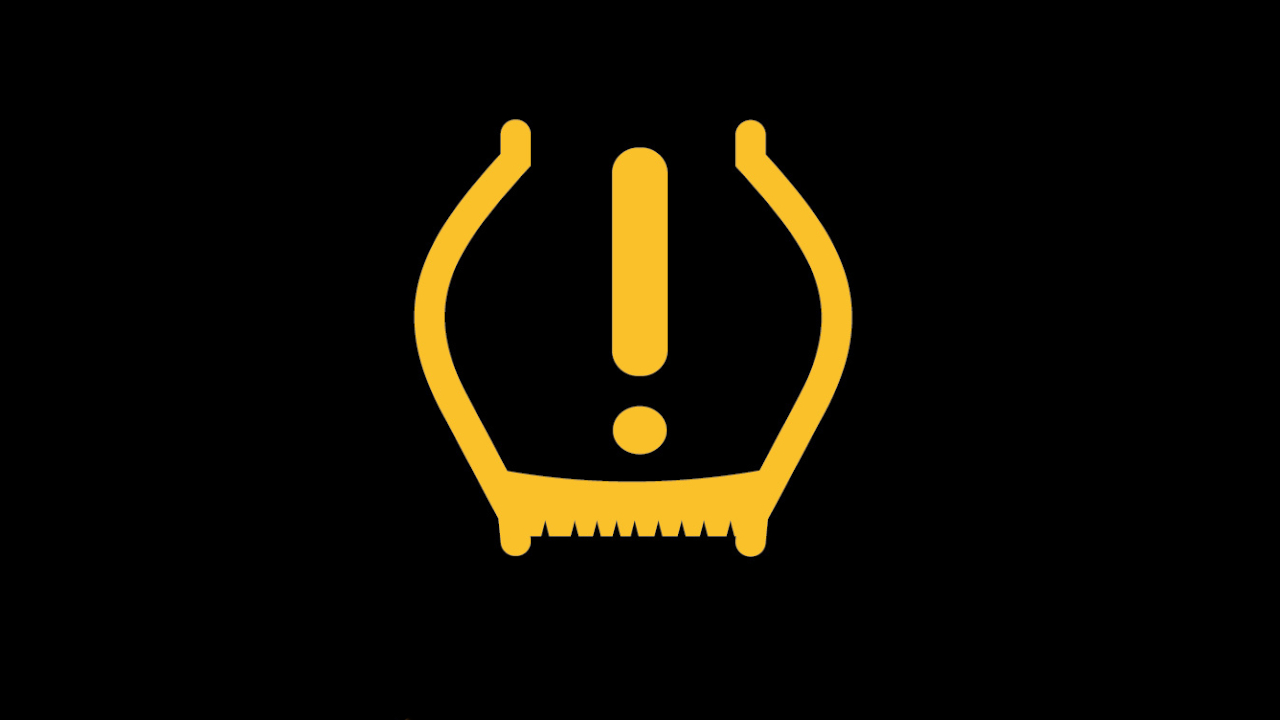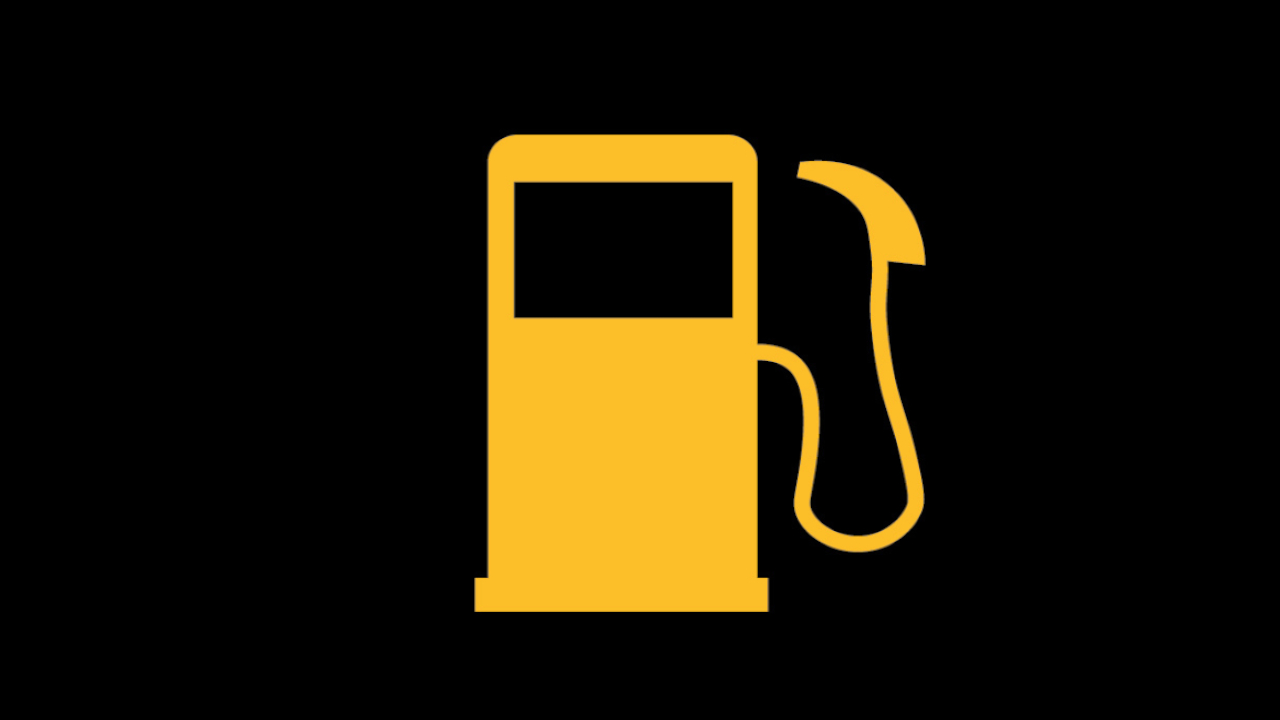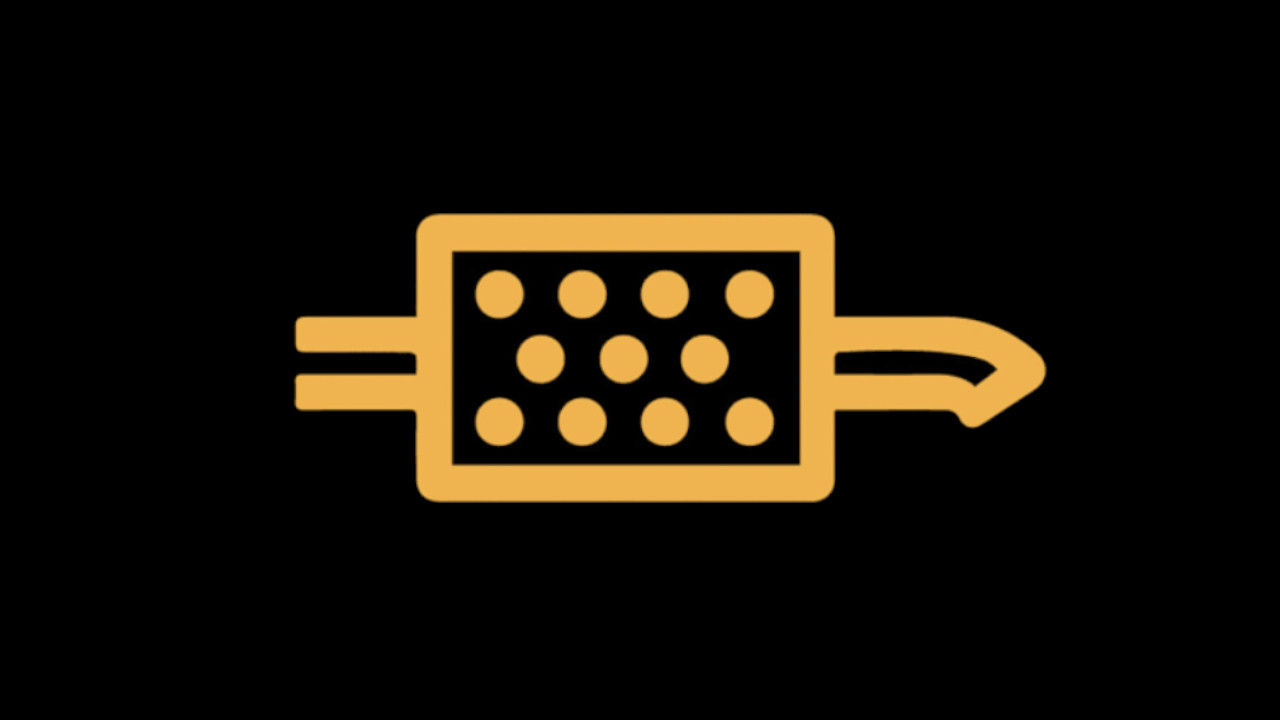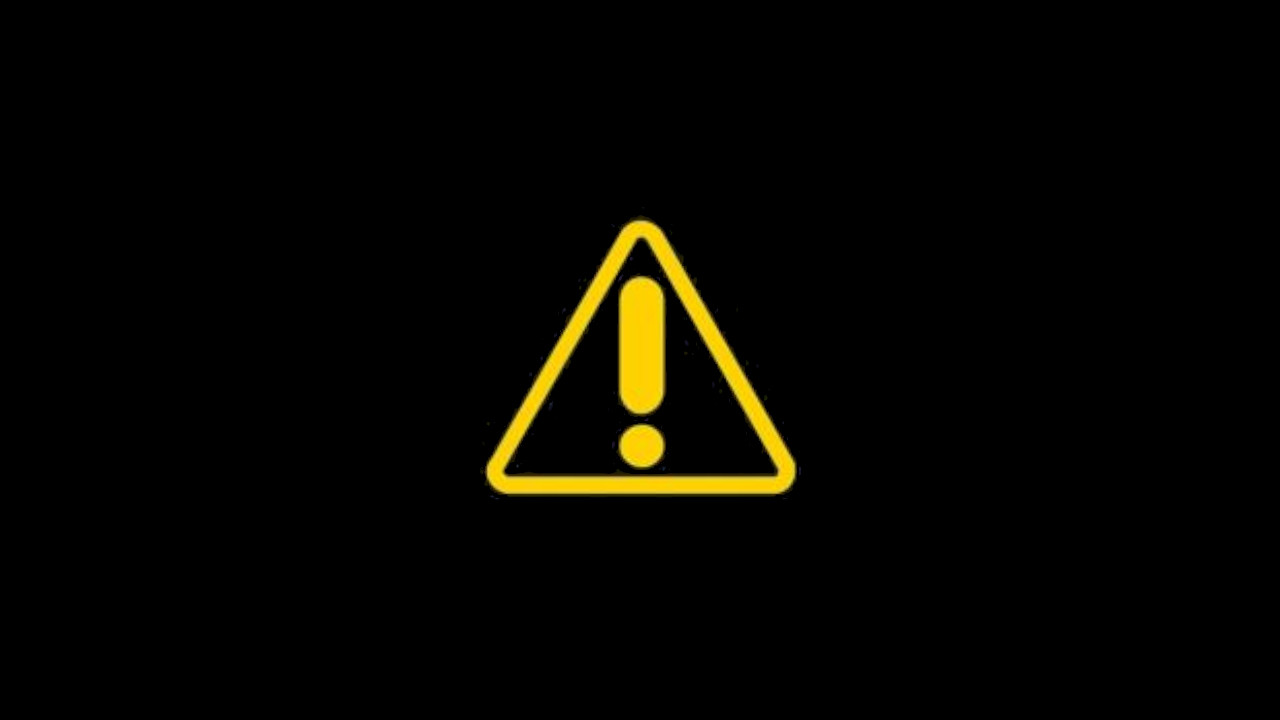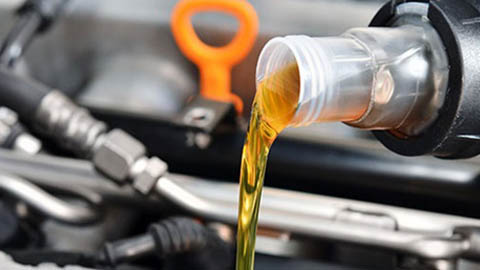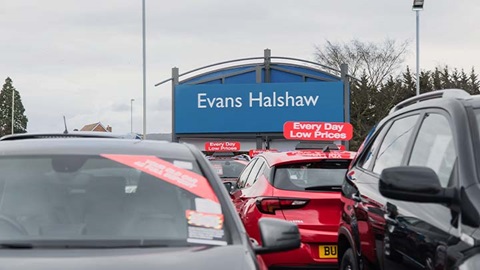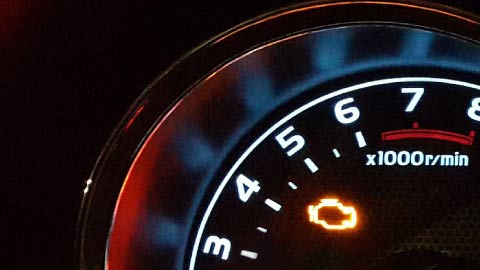Car Dashboard Warning Lights Explained
16th Jun 2023
Car Safety
When starting your car, you would've noticed a range of different coloured symbols and warning lights that flash up on the driver's display before disappearing after a couple of seconds.
It's important to know what these symbols mean and what to do when one appears. If one of the warning lights stays on and doesn't go away after starting your vehicle, then you can use this handy guide to help you figure out what's wrong with your car.
There can be differences between individual manufacturers though, so it's still a good idea to double-check your car's handbook before attempting to diagnose an issue by yourself.
- Engine Management
- Oil Pressure
- Battery System
- Brake System
- Temperature
- ABS
- Tyre Pressure Monitoring
- Supplemental Restraint System
- Low Fuel
- Diesel Particulate Filter (DPF)
- General Warning Light
What is the meaning of car warning lights?
Most driver displays are typically made up of different coloured symbols dependent upon the level of severity:
- Red: This shows there's an issue that needs addressing.
- Orange/Yellow: This indicates there's something wrong that will need fixing, but it's not as urgent as the red light.
- Green/White/Blue: This shows that the system is in good working order.
The colours can vary depending on the manufacturer, hence why there are different colours that can mean the same thing.
The repercussions of incorrectly dealing with the issues can be catastrophic, so it's always worth checking the issue and seeking help when required.
Engine Warning
The engine warning light illuminates each time the ignition is switched on. If it continues to stay on while the car is running, this could mean there's a malfunction with the engine. Although it could be a minor issue, there's a possibility it's something more severe, so a proper diagnosis is needed should this light appear.
Even if the car feels fine to drive, this is your car's way of telling you it needs a check-up. You may also find your car entering 'safe' or 'limp' mode to protect itself from further issues.
In the case where the car is undriveable, you should switch your hazard lights on, attempt to pull over in a safe location and contact a breakdown team who will come and assist.
Oil Pressure Warning
Another light that appears when you start the car, the oil pressure warning light indicates whether there are issues with the level or pressure of oil within the vehicle.
Incorrect oil levels or pressures can cause major issues with the engine as it won't be being correctly lubricated, which often results in a massive repair bill.
It may be as simple as topping up your oil if the levels are too low, but if the issue isn't resolved by doing so, then you should get the car inspected by a professional. Regular servicing is a hassle-free way of ensuring your oil levels are correct and improving the car's health.
Battery System Warning
Should this light remain on after starting the vehicle, it means there's an issue with your battery. A flat or damaged battery can cause a range of issues, but it's most prevalent when driving at night as it can mean features like your headlights can stop working correctly.
There may also be issues with other elements such as wiring connections or a faulty alternator, increasing the chance of your battery running out of juice as it's not being charged sufficiently as you drive.
Maintaining your battery in a proactive manner can reduce the risks of issues occurring. But if the Battery System Warning light turns on, contact a trained professional if you're not confident in working on the car yourself.
Brake System Warning
The brake system warning light remains on when the handbrake is engaged, but if it's illuminated after the handbrake is released, this means there's an issue with your brake system.
Manufacturers recommend your brake fluids are replaced at different intervals, so check your handbook to know when your car's brakes are due some work. Insufficient stopping power can lead to nasty collisions, so ensure your brakes are working correctly before driving.
The brake system warning light could also be indicating there are issues with your brake pads, but some cars do have individual warning lights for these. The solution could be a simple top up of your brake fluid, but if it's more severe then you'll need to get it checked immediately.
Temperature Warning
To keep it brief, an engine is powered by small explosions which move the pistons up and down, generating a lot of heat. To combat this, coolant is circulated to keep the engine operating at optimal temperatures.
The most common reason for the temperature light to come on is due to insufficient levels of coolant. Luckily, this is a relatively easy fix and just requires you to pop the bonnet and top the coolant up. But if this doesn't resolve the issue it could mean you have more severe problems such as coolant leaks.
If the light comes on, it's best to pull over and give your engine time to cool down before investigating. If you ignore the light and continue to drive, you could cause permanent damage to your vehicle.
ABS Warning
Anti-Lock Braking System (ABS) is a system which prevents your wheels from locking up under heavy braking, this allows you to stop the car in the shortest distance possible.
This light will appear when you turn your vehicle on, but it should turn off after the vehicle has made its initial checks. If it doesn't, then it means you may have an issue with the ABS system. Don't drive your car if this light appears, as you could be putting yourself and other road users in danger by doing so.
Your brakes are one of the most important elements of your car, so it's never worth taking the risk if this light turns on. There are various reasons as to why this light illuminates, so it's best to get your brakes inspected by a professional at an Evans Halshaw retailer.
Tyre Pressure Monitoring System
Tyres are another essential element of your vehicle as they provide grip when out on the road, making it vital for you to look after them. The Tyre Pressure Monitoring System (or TPMS) provides information on your tyres and lets you know whether there are any issues.
The reason as to why this light flashes on is due to incorrect pressures, but the cause of this could vary. When driving at winter your tyre pressures could drop due to the cold weather, which means they could be in need of a top-up. But the warning light could also be indicating a potential puncture or leak.
Tyres have a significant impact on the way your car feels, and having correct tyre pressures could mean your car is more comfortable and fuel efficient. Incorrect tyre pressures can also lead to uneven wear, so it's always worth inspecting your tyres on a regular basis to ensure they're in good condition.
Supplemental Restraint System Warning
The Supplemental Restraint System is an airbag system that works with the seatbelts to reduce the impact when in a collision. Some vehicles may come with individual lights for the airbag and seatbelt systems.
Airbag
An airbag warning light indicates an issue with the airbags which could lead to malfunctions such as unexpected deployment.
Airbags are quite literally life savers as they cushion the impact for occupants should they be involved in a road traffic collision. Plenty of research has been completed surrounding the impact of airbags, which is why you'll see plenty of new and used cars coming with airbags around their cabins.
Should this light turn on, you should get it inspected by a professional immediately as the airbag may fail to deploy correctly in a collision, putting you at more risk of injury.
Seatbelt
Similar to airbags, seatbelts are one of the most effective means of reducing the risk of injury when in a collision and they should be worn at all times. The seatbelt warning light will illuminate when the system detects an occupant who doesn't have their seatbelt on.
Wearing a seatbelt is a legal requirement, so adult occupants not wearing a seatbelt can be issued with fines for not doing so. If you're travelling with children under the age of 14, it's the driver's responsibility to ensure they're correctly buckled up.
If the occupant doesn't respond to the seatbelt warning light, then the car will issue them with a variety of warnings and reminders such as a loud chime. But there's no better reason to wear your seatbelt than the fact it maximises safety for all.
Low Fuel Warning
Pretty self explanatory, this light will illuminate when your vehicle is low on fuel and requires filling up. It will normally come on when you have around 50 to 100 miles left in the tank, providing you with enough time to get to the petrol station.
It may be worth carrying an empty fuel can just in case you get stranded and have to walk to the nearest petrol station. Running out of fuel is never a pleasant experience especially when the weather is cold and wet.
Although some vehicles have a reserve tank that can be used in an emergency, there's no figure as to how far this will get you, so it's always worth listening to your car and ensuring you have adequate amounts of fuel for your journey.
Diesel Particulate Filter (DPF) Warning
If you drive a diesel vehicle, one of the lights that can appear is the DPF warning light, indicating there's an issue with the exhausts particulate filter. This filter removes the harmful soot from the exhaust fumes to help reduce emissions.
When this light comes on, it may be because the filter has become blocked from soot.
If you get this warning light appear, you should get your vehicle checked by a professional as you could be causing serious damage to your car by driving with this issue, as well as releasing lots of toxic black fumes from your exhaust whenever you press on the accelerator.
General Warning Light
A common warning light that can show up is this orange or yellow triangle warning light with an exclamation mark in it. This symbol means that there is something wrong with one of the systems in your vehicle, and generally it will come on when there isn't already a preset light for that system.
The light will usually be accompanied by some sort of warning message telling you exactly what the problem is.
This can also depend on the manufacturer of the vehicle, so make sure to check your vehicle manual if you're unsure.
Book a free health check with Evans Halshaw
No one likes seeing an unexpected warning light flash up on their car, but it's important that you deal with them in the correct way.
If you don't feel confident in resolving the issue yourself, our well-trained associates at your nearest Evans Halshaw dealership will be more than happy to help. We also offer a vehicle health check service if you want a thorough inspection of your vehicle.

